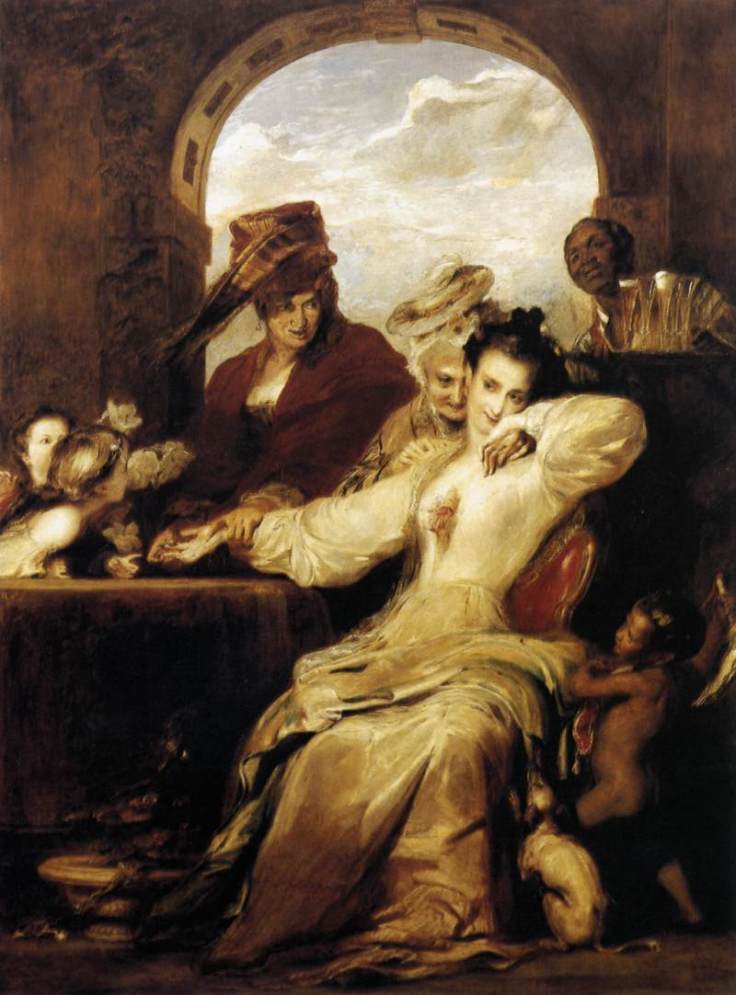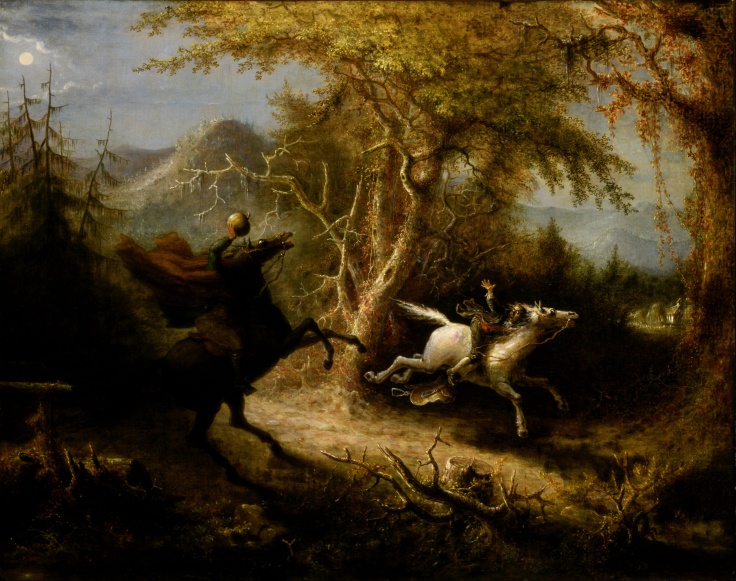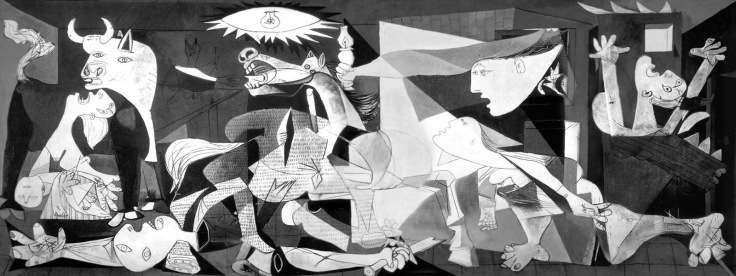DRAFT* Artist statement: Would you?
This is a stop motion animation exploring the themes of storytelling and depression.
The set was made with painted cardboard and clay, and the figures were made with painted polystyrene and pipe-clean wires. The actual animation was filmed on an iPhone 6 using a softbox light in a dark-room. Stop motion works by taking a photo of the scene, moving it slightly, taking another picture, moving it slightly, taking another picture and so on; to give the illusion that the characters are moving of their own accord.
I started this animation with the sole intention to tell a story, I have always been interested in storytelling and write short gothic stories in my spare time. I was going to let the theme be interpreted by the individual viewer (and I still have) however depression kept creeping into the storyline and I, as an individual viewer, see this animation as a personification of depression. The human characters try and avoid ‘depression’ but cannot. This theme has been explored many times before, but I have done it in the form of a juvenile horror animation. Both the monster and the black paint represent depression for me. The characters are afraid of the monster and avoid him, but he keeps coming back- the paint is the depression starting to touch and actively affect them.
I find the relationship between my idea and the process interesting because of their contrast. Essentially, this piece was made by me playing with dolls, a very childish innocent act- however I was playing out the very adult theme of mental illness.
My work is partly confessional; but my main intention was to make the viewer uncomfortable as well as making them question what they were seeing. The conversation I was aiming to generate was one of analysing the meaning behind the video, what was the monster? Do you relate to the characters? Which characters?
Art with more than one possible meaning is interesting to me, and I wouldn’t want to take anything away from the viewer by giving away what I thought the meaning was because then they are burdened with only seeing it from my perspective.
My main influence was Tim Burton although I had many.
Suzie Templeton
Templeton is an award-winning writer and director, specialising in stop motion animation. Known for her Oscar-winning film Peter and the Wolf, Suzie takes us into a world filled with beauty and emotion. Her vulnerable characters are honestly depicted and although visually shown as puppets, they are unbelievably human.

The detailed sets and clear emotions of the characters is exactly what i tried to get across in my own piece. Its not overly relevant, but Templeton is also the first female stop motion artist i have come across- which is why i wanted to make sure i express her influence on my work.
The final scene!!
This is the scene that will connect the end of the film to the beginning- creating the loop. We will see what it looks like all together.
Soundscape continued
We will play this on a loop in the nightmare room. This will help the effectiveness of my piece as it will incorporate more of the senses.
We are also thinking about creating a strange smell, like rotting leaves.
Soundscape
In the ‘nightmare room’ we have decided to make a collaborative soundscape to fill the whole room. We have all chosen sounds that compliment our pieces and have merged them together to create an overall creepy and ominous feeling within the room.
Narrative art
A narrative is simply a story. Narrative art is art that tells a story. Much of Western art until the twentieth century has been narrative, depicting stories from religion, myth and legend, history and literature (see history painting). Audiences were assumed to be familiar with the stories in question. (Tate definition)
My practise is strongly concerned with storytelling, and that is what narrative art does. I have found stop motion to be a very effective way to tell a story as it is engaging and accessible.
Some good examples of narrative art are:
Josephine and the Fortune-Teller (1837)

This a piece by Sir David Wilkie painted for John Abel Smith, M.P., and exhibited at the Royal Academy in 1837. The subject was an incident from Josephine’s youth on the island of Martinique. Wilkie may have taken the details of his picture from an account by John Memes, who in his 1831 ‘Memoirs of the Empress Josephine’.
The Headless Horseman Pursuing Ichabod Crane (1858)

This piece is by American artist John Quidor, depicting a scene from Washington Irving’s short story “The Legend of Sleepy Hollow”.
Guernica (1937)

This piece is by Pablo Picasso, it is considered one of the most moving and powerful anti-war paintings in history. The large mural shows the suffering of people wrenched by violence and chaos. Prominent in the composition are a gored horse, a bull, and flames.
The painting was created in response to the bombing of Guernica, a Basque Country village in northern Spain, by Nazi Germany and Fascist Italian warplanes at the request of the Spanish Nationalists.
These pieces are important to me as they all have a story to tell. Storytelling has always been apart of my nature and researching artists who have incorporated this into their art has been very useful to my own practise.
Depression
My original animation was created with depression and death in mind. As I got further in I started to be more open with the themes, and leave it to interpretation, take it at fave value or deeper- depending on the viewer. However it is hard to leave it up to interpretation when depression is such I big part of my life- and has an impact on so many things. So I am steering the animation back towards the theme of depression, and in a form of confessional art.



